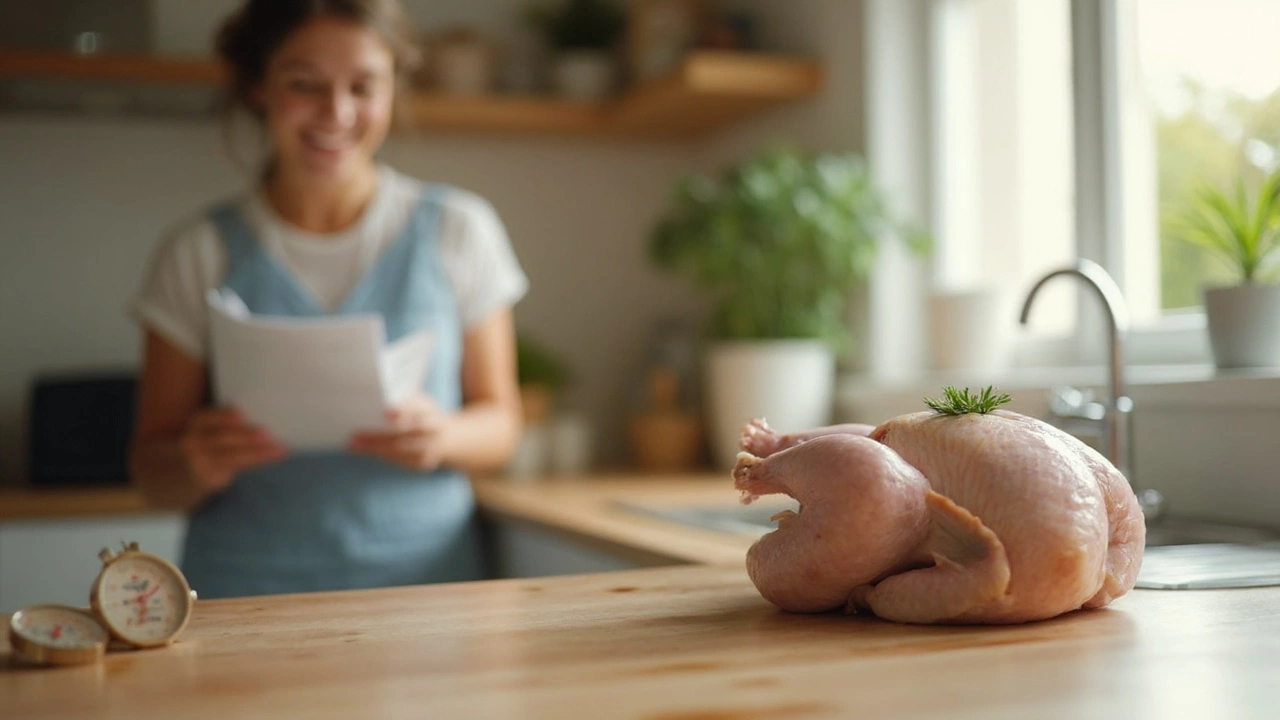Room Temperature Cooking Tips – Keep Food Safe and Delicious
Ever wonder why a recipe says "let the dough sit at room temperature" or why you shouldn't leave leftovers out too long? The temperature of your kitchen can change the way food tastes, textures, and how safe it is to eat. Below are the basics you need to know, plus a few tricks you can start using today.
Why Room Temperature Matters
When food sits at about 68‑72°F (20‑22°C), enzymes and microbes work at a predictable pace. Yeast, for example, ferments dough faster at room temperature, giving you a fluffier loaf. On the flip side, the same temperature is perfect for bacteria to multiply if food sits too long. That’s why the USDA says perishable items shouldn’t stay out for more than two hours.
Temperature also affects texture. Butter softens quickly at room temp, making it easier to cream with sugar. Cold butter stays firm and creates flaky layers in pastry. Knowing when to keep food cold or let it warm up is the secret to consistent results.
Practical Tips for Everyday Cooking
1. Bring ingredients to room temp before mixing. Eggs, butter, and milk blend smoother when they aren’t ice‑cold. Take them out of the fridge 30‑45 minutes prior to start. If you’re short on time, place them in a bowl of warm water for a few minutes.
2. Use the two‑hour rule. When serving a buffet, label dishes with a timer and move anything that’s been out for longer than two hours to the fridge or discard it. This prevents food‑borne illness without sacrificing flavor.
3. Speed up cooling. After cooking, spread food in a shallow pan to drop the temperature faster. Faster cooling means less time in the danger zone (40‑140°F or 4‑60°C) where bacteria thrive.
4. Test your kitchen’s ambient temperature. Stick a simple room thermometer on the counter. Knowing if your kitchen runs warm in summer or cool in winter helps you adjust proofing times for bread or dough.
5. Store leftovers promptly. Put food in shallow containers and refrigerate within 30 minutes of cooking. This keeps the temperature drop quick and preserves taste.
These habits cost almost nothing but pay off in safer meals and better texture.
Next time a recipe mentions "room temperature," you’ll know exactly why and how to make it work for you. Keep the basics in mind, stay aware of the two‑hour rule, and your dishes will be both tasty and safe.
How Long to Leave Chicken at Room Temperature Before Cooking?
Wondering how long to leave chicken on the counter before it hits the pan? This article breaks down what food safety experts actually recommend, the science behind letting chicken rest at room temperature, and how to get the juiciest results without risking your health. You'll also learn some easy tricks to speed up prep and keep bacteria at bay. Whether you're grilling or roasting, you'll walk away knowing exactly what to do—every single time.
